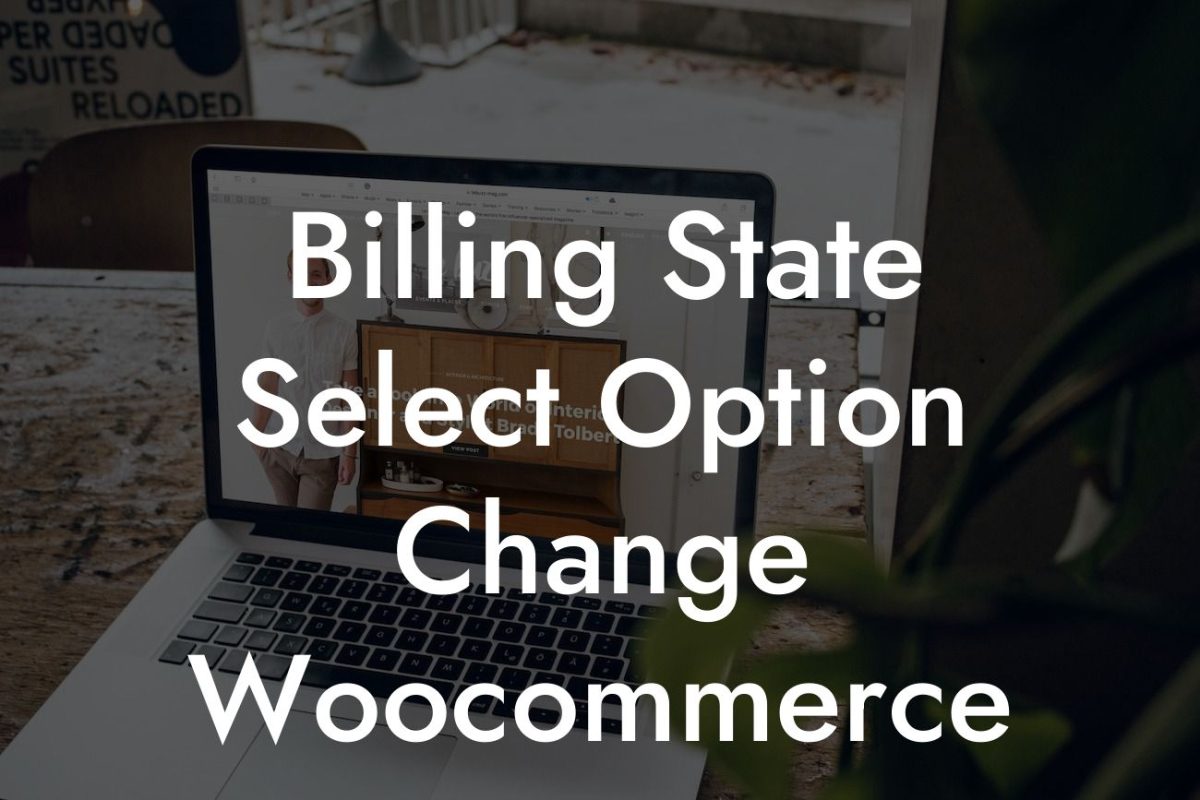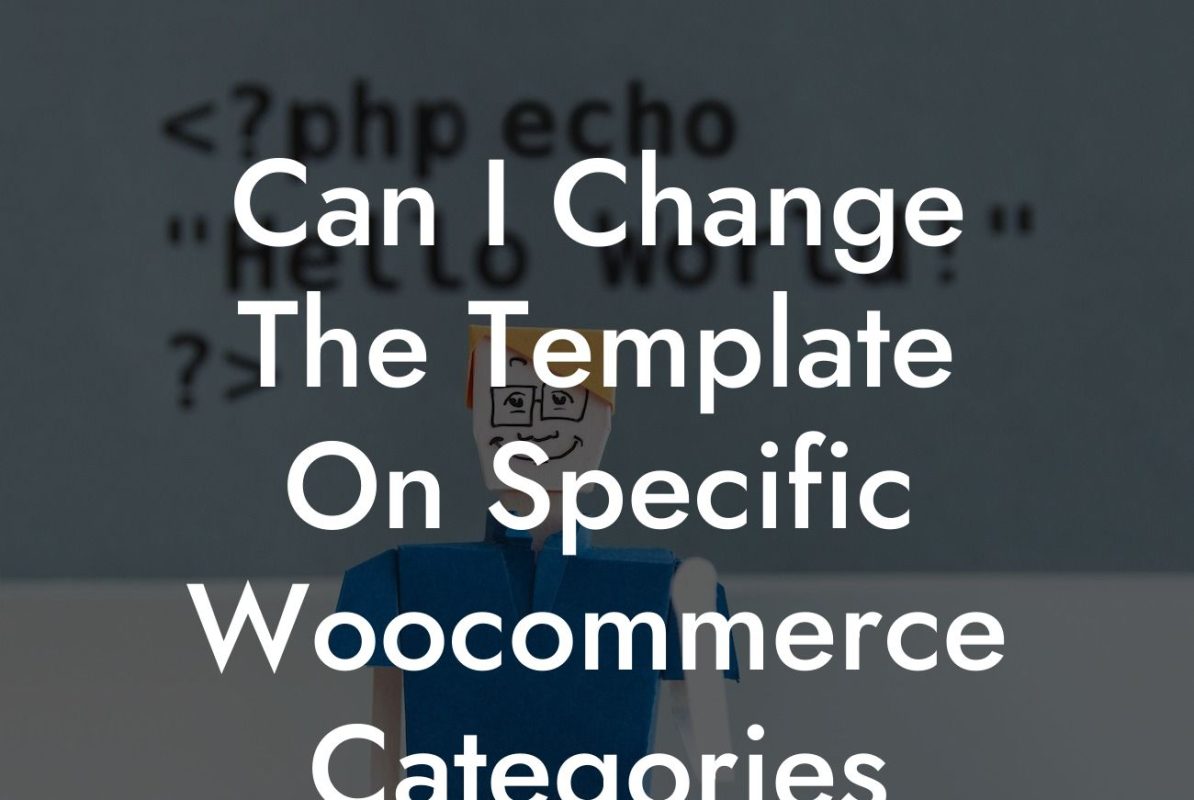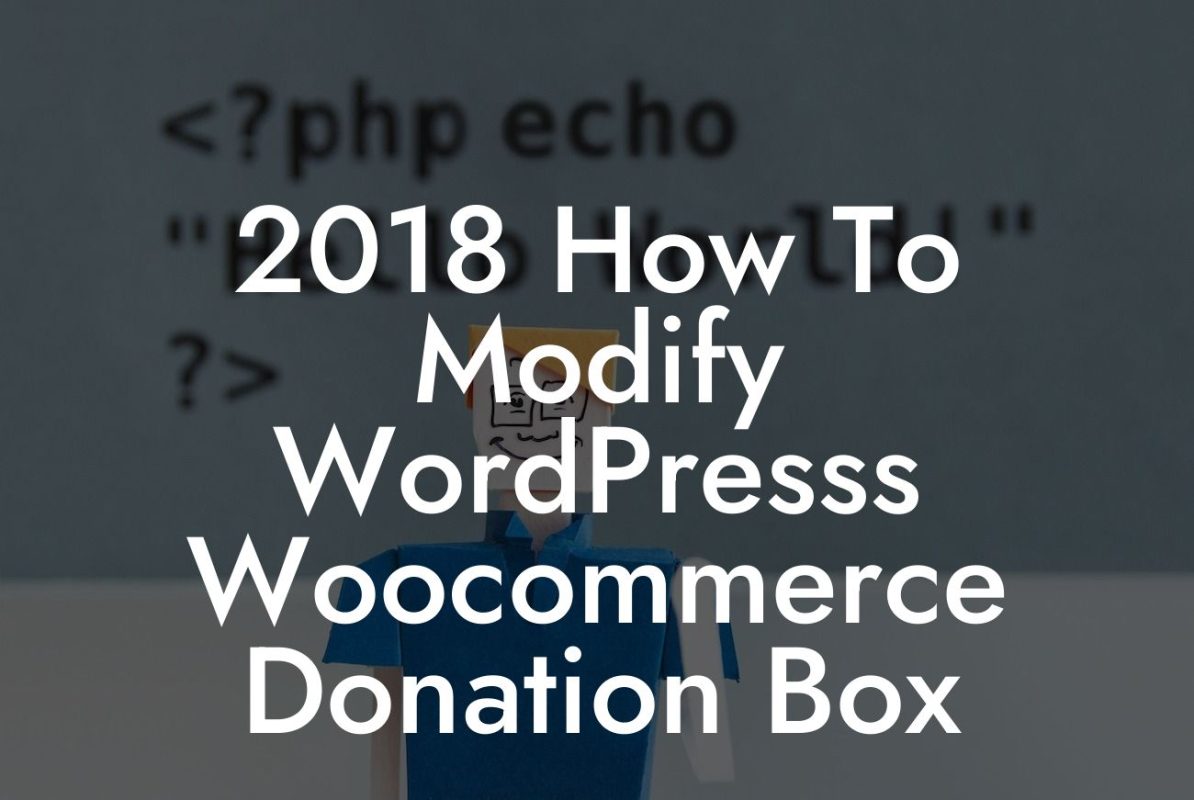Are you looking to customize the category template for your WooCommerce store? If you're tired of the cookie-cutter solutions and want to elevate your online store's appearance, you're in the right place. In this guide, we'll walk you through the steps to modify the category template for WooCommerce, ensuring a unique and engaging user experience for your customers. With DamnWoo's WordPress plugins designed exclusively for small businesses and entrepreneurs, you can take your online store to the next level. So, let's dive in!
Creating a memorable and distinctive shopping experience is crucial to attracting and retaining customers. With WooCommerce, you have the flexibility to modify the default category template and tailor it to your specific needs. Here's a step-by-step breakdown of how to make those modifications:
1. Locate the category template:
To get started, navigate to your WordPress theme's directory and look for the "woocommerce" folder. Within this folder, you'll find a file called "archive-product.php." This is the default template for your product category pages.
2. Create a child theme:
Looking For a Custom QuickBook Integration?
Before making any modifications, it's essential to create a child theme. This ensures that your changes won't be overwritten during theme updates. If you're new to child themes, don't worry. DamnWoo has a helpful guide on creating child themes that you can explore.
3. Customize the category template:
Copy the "archive-product.php" file from the parent theme directory to your child theme directory. This is where you'll make your modifications. Open the copied file and start customizing!
4. Add engaging H2 and H3 headings:
To enhance the readability and structure of your category pages, consider adding H2 and H3 headings. These headings can highlight subcategories, featured products, or any other information you want to emphasize. Make sure to use descriptive and engaging headings that captivate your audience's attention.
5. Utilize bullet point lists and ordered lists:
Break down the content within your category template using bullet point lists and ordered lists. This makes it easier for customers to scan and understand the information you're presenting. Whether you're showcasing product features or explaining different categories, bullet points and ordered lists can make your content more engaging and user-friendly.
Modify Category Template For Woocommerce Example:
Let's say you run an online clothing store and want to modify the category template for your "Men's Shirts" category. You can add an H2 heading labeled "Best Sellers" to showcase the most popular shirts among your male customers. Underneath that, you can create an ordered list of different shirt styles, such as "T-shirts," "Button-ups," and "Polos." Each shirt style can have its own corresponding bullet point list, highlighting unique features or product recommendations.
By modifying the category template for WooCommerce and incorporating these engaging elements into your online store, you can provide a personalized and memorable shopping experience for your customers. Explore DamnWoo's wide range of WordPress plugins to further enhance your online presence and supercharge your success. Don't forget to share this article with others looking to elevate their WooCommerce stores and encourage them to try DamnWoo's awesome plugins. Together, let's embrace the extraordinary and say goodbye to cookie-cutter solutions!
Incorporate internal links here to guide readers to other guides on DamnWoo and to showcase your awesome plugins.













